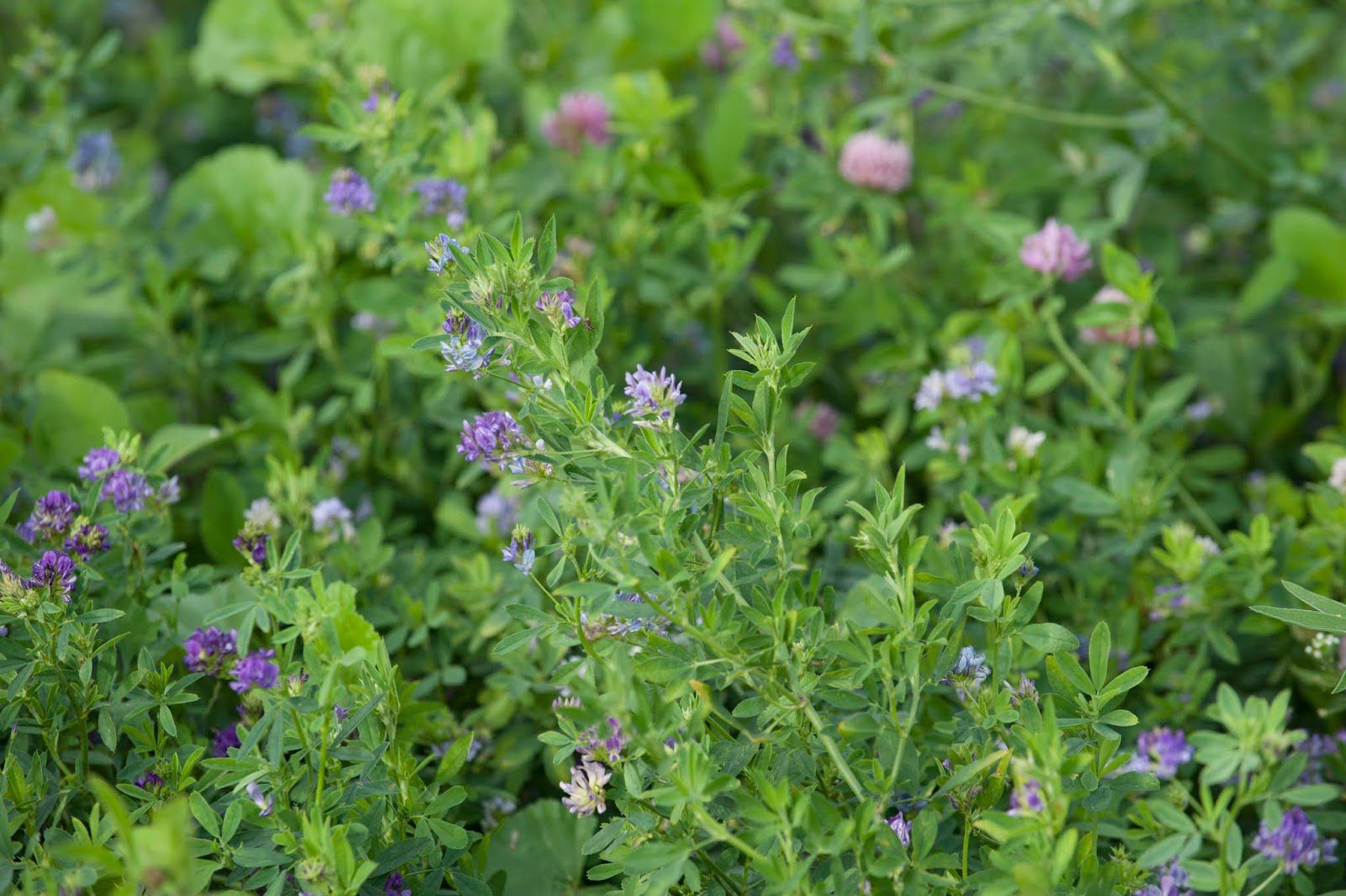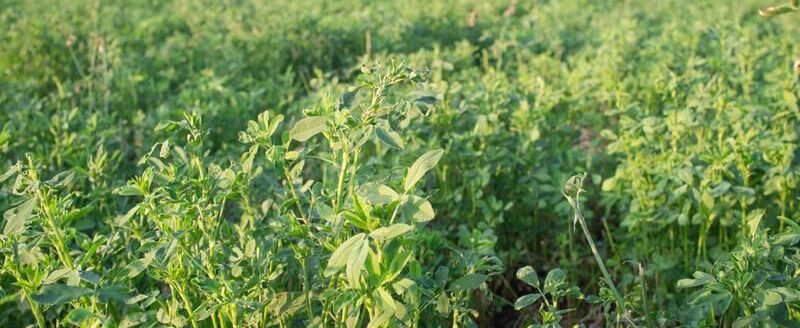The time for spring planting alfalfa is just around the corner, and selecting the right seed is crucial. Two traits we should take extra time to consider are fall dormancy and winter survival. These traits are often treated the same but are different.
Winter survival or winter hardiness is the ability for an alfalfa plant to make it through winter without injury once the plant goes dormant. This is different than the fall dormancy rating that measures the alfalfa’s ability to prepare for and recover from dormancy. Winter survival is measured on a 1 to 6 scale, with 1 being extremely hardy and 6 not hardy. For Nebraska, a winter survival rating of 3 is about as high as we want to go.
As temperatures drop and days shorten, alfalfa plants change their physiology to survive freezing temperatures and make it through winter. While increased hardiness can result in reduced yield potential for a high dollar perennial forage, having a full stand year after year is better in the long run.
In the past, winter survival traits were linked with fall dormancy. With new varieties, this isn’t always the case, so winter survival needs to be evaluated on its own.
We want to pick a winter survival ranking that will get us through winter without compromising yield. Where you are in the state plays a big role in what to pick. Winter temperatures affect the choice, but maintained snow cover is also important. As snow can help insulate the ground, parts of the state that regularly have open winters may need as high or higher survival rating than colder locations with winter-long snow cover.
Bottom line for Nebraska: A winter survival rating of 3 is about as high as we want to go and areas with open winters or regularly colder temperatures should be even lower.
Fall dormancy is a measure of an alfalfa plant’s ability to regrow in the fall after harvest and spring following winter. It is scored on a scale ranging from 1 to 11, with 1 being most dormant and 11 the least. Higher dormancy means a harvested plant will focus its resources in the fall more on building reserves to survive the winter and less on new growth.
This tendency toward slower regrowth manifests throughout the year, with less dormant varieties typically recovering faster in the spring and producing overall higher yields. Another role dormancy plays is keeping plants from starting growth during the random warm-ups in the fall and winter months. Plants that break bud during these periods are subject to winterkill.
Finally, fall dormancy can impact the harvest timetable. Lower dormancy ratings means a plant regrows slower. This translates into more time to remove forage from the field before “windrow disease” and field traffic become a concern.
In the past, fall dormancy traits were linked with winter survival. With new varieties, this isn’t always the case, so fall dormancy needs to be evaluated on its own.
Variety selection depends upon your management, production goals and ability for a stand to make it through winter without sacrificing additional yield. If you have regular issues with stand winterkill, try a lower rated variety with improved dormancy. In Nebraska, we recommend dormancy ratings 1 through 5.




